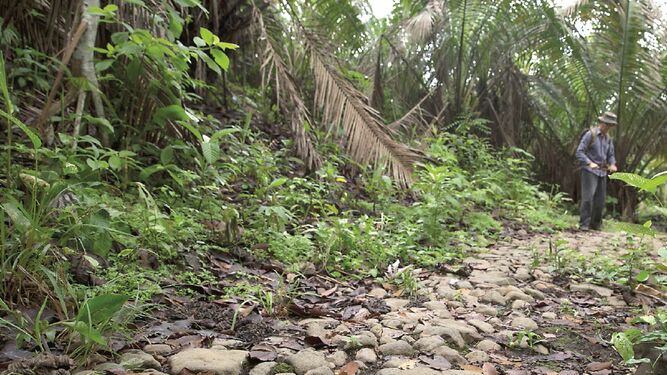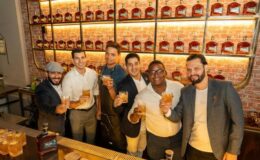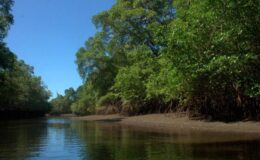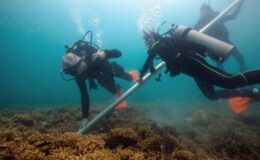Take a 500 year walk into History.
- By : Panama Now
- Category : Environmental, Local Culture

https://impresa.prensa.com/vivir/Ruta-transistmica-paso-mulas-neopanamax_0_5418208190.html
Because of its importance for global communications, the colonial transistmic route has remained in force until today. From the Hispanic trail, following ancient tribal paths on foot and mule to conquer a new sea, to the construction of an interoceanic canal, there are 500 years of history marked by the passage of goods and people through this narrow isthmus, with a destination manifest.
- info
What’s new in ‘Library 500’
A route to understand the evolution of architecture
To understand how our national identity has shaped the character of the bridge and road that the country has had for centuries, the Museum of the City of Panama (MUCPA) presents a new exhibition on the importance of the transistmic route.
The same city of Panama, whose founding anniversary we celebrate, is a direct product of this decisive road, after becoming the first Hispanic site on the shores of the newly discovered Mar del Sur, then the Pacific Ocean, and an important route for subsequent discoveries and conquests.
inRead invented by Teads
Panama was also fundamental in the system of return to Spain of the resources and wealth extracted from the new American possessions. The crossing road and the royal road were precursors of the current channel route to connect our two banks.
The passage through Panama allowed for the first time in the history of humanity to interconnect the populations of Europe, Asia, Africa and America, through sea and land routes that for three centuries were monopolized by Spain.
The construction of the railroad updates for the first time the Panamanian route, which then completes and modernizes the Panama Canal, opened in 1914 and expanded in 2016 by the growing demand for more cargo and larger ships, the Neopanamax.
The transistmic route of colonial Panama extends from the Caribbean coast, in the province of Colón, to the Pacific coast of the province of Panama, with key points in the castle of San Lorenzo and the fortifications of Portobelo and Panama City .
The route runs through the narrow Istonian territory, through a network of river, land and sea communication through the Central mountain range.
It is estimated that by the route from Panama to Portobelo, which gained worldwide fame at the time for its important trade fairs, 60% of the production of South American silver went to Spain. And in the same way, products from Europe and Africa were introduced to the continent, among which, unfortunately, slave trade is counted.
The exhibition “Transistmica Route”, which will be presented in a defined space between La Cuchilla de Calidonia and the José Remón Cantera Park in the National Assembly, identifies three historical stages: the Spanish colonial period (1501-1821), the period in which Panama was part of Colombia – a stage in which the first transcontinental railroad in America (1821-1903) was also built – and the Republican period (1903-to date), which includes the completion of construction work on the interoceanic canal, the struggle for the sovereignty of the Panamanian territory, the return of the so-called canal area and the expansion of the road under a local administration.
According to the sample of the MUCPA, which highlights the importance of the Panamanian commercial route during the eighteenth, nineteenth and twentieth centuries, the peculiar character of the city of Panama is directly related to the mixture of the many cultures that have coincided over time In this country of forced step.
It also explains the role that Panama has played in globalization and in the development of today’s civilization.
Being located in the public space, the exhibition “Transistmic Route” can be visited seven days a week and at any time.



No Comments